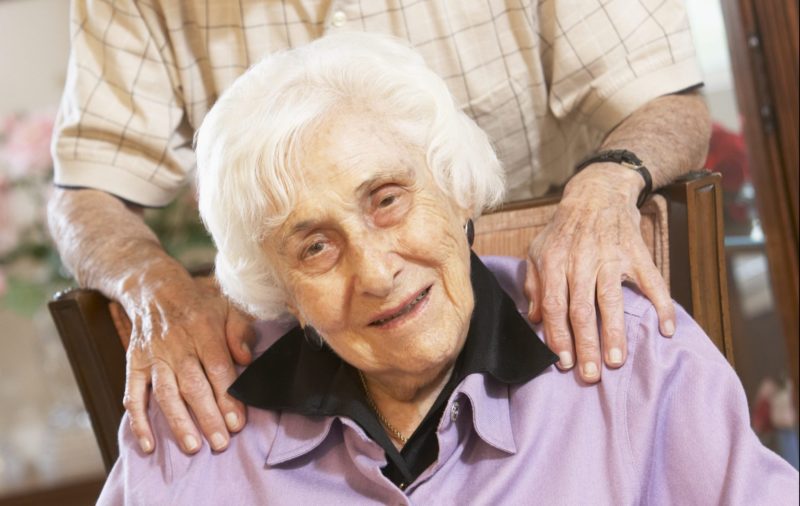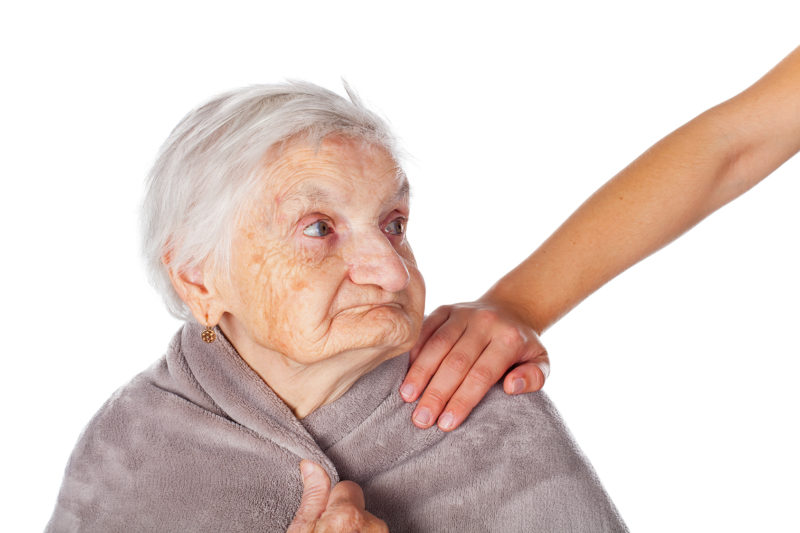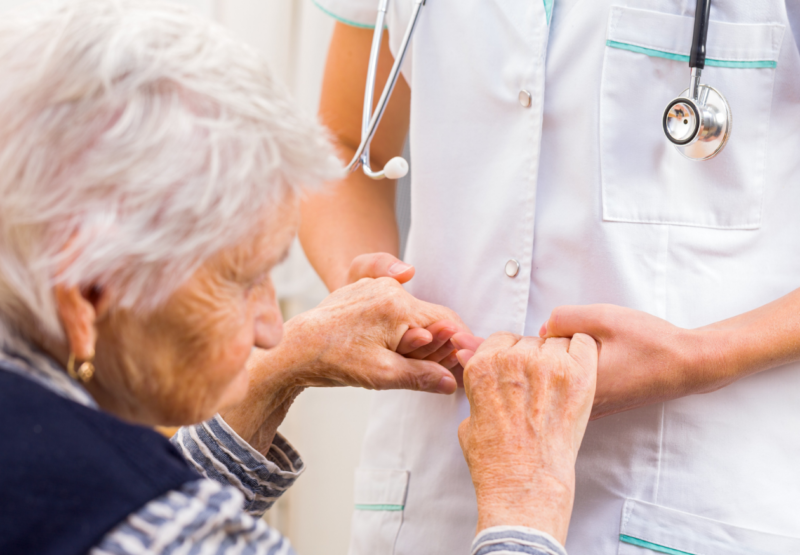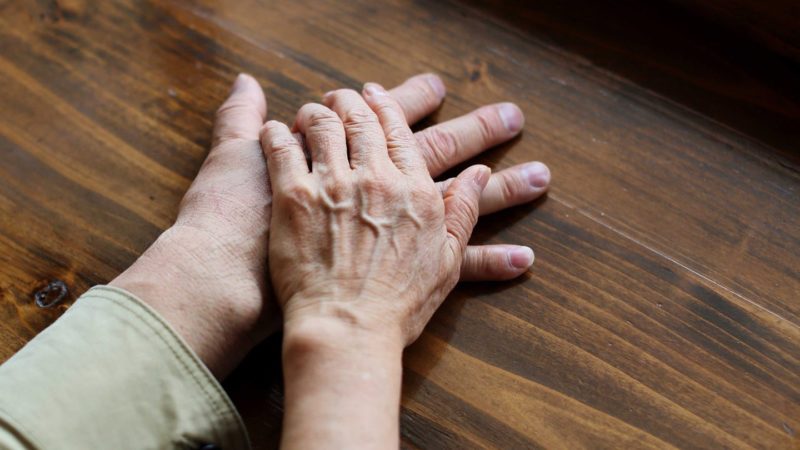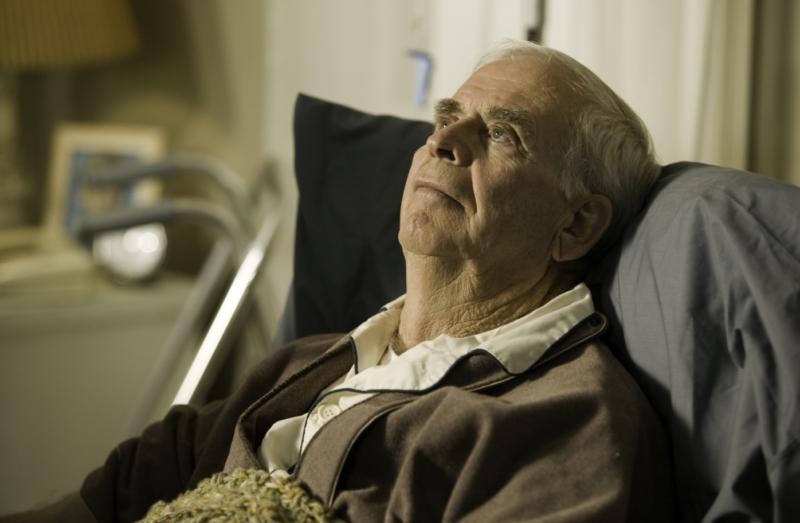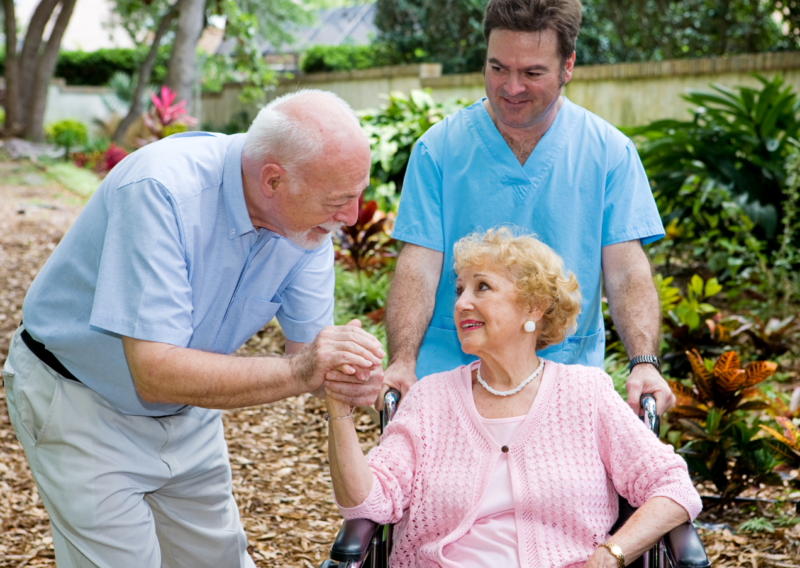Many have heard of Parkinson's disease, which is a serious pathology that is practically untreatable. However, most people do not even know how this very serious illness manifests itself.
Material Content:
What is Parkinson's disease
This degenerative neurological disease is chronic. The patient gradually loses the ability to control and manage their own movements. This happens due to the gradual death of motor neurons involved in the production of dopamine. This substance is a neurotransmitter that serves to transmit impulses in the human brain.
The pathology was first described in the 1810s by the Englishman J. Parkinson, as a result of which the disease got its modern name.
Most often, this pathological condition is diagnosed in the elderly. According to statistics, 1 out of 100 people who have crossed the threshold of 60 years suffer from it. In this case, the pathology most often affects men. Parkinson's disease in women is very rare. Why this happens is still unclear. In young people, the disease is very rare, but there is even a juvenile form that affects adolescents under the age of 20 years.
There are two types of disease:
- Idiopathic parkinsonism syndrome is the primary form. This term means that the cause of the pathology cannot be identified.
- Symptomatic parkinsonism is a secondary form.In these cases, it is quite easy to determine the specific factors that caused the occurrence of the pathology.
Parkinson's disease, the causes and treatment of which is very problematic, is a common ailment among a certain category of persons. To establish what exactly provoked, launched this process, in many cases is very difficult.
Is the disease inherited?
Heredity is often attributed to the main reasons for the development of this pathology of the nervous system. About 15% of patients had relatives suffering from Parkinson's disease.
But a number of other possible provoking moments have been established:
- serious head injuries;
- intoxication of the body and severe poisoning with chemicals, heavy metals;
- adverse environmental conditions;
- obesity;
- chronic migraines;
- excessive intake of certain drugs (especially antipsychotics);
- encephalitis and atherosclerosis of the brain vessels.
These causes are detected in approximately 20% of all cases of the disease. Why do the remaining 80% arise? Doctors do not know.
At risk are the following segments of the population:
- people who have relatives suffering from parkinsonism;
- men
- persons after the age of 50-60;
- employees of enterprises and laboratories whose work is related to chemicals;
- patients with psychiatric illnesses.
These categories of citizens need to know the first signs of the development of pathology in order to start therapy on time. In the latter case, we are talking about the so-called drug parkinsonism (one of the most common secondary forms). It was first registered in the early 1950s, when antipsychotics were actively used in medical practice. Therefore, this form is almost always diagnosed only in clients of psychiatric clinics and hospitals.
Stages of development of trembling paralysis
There is a classification of the stages of development of pathology, developed back in the 1960s.
Stages:
- Zero There are no motor disorders.
- First one. Violations on one side of the body.
- The second one. Bilateral motor failures, but the patient is still able to maintain balance and walk without help.
- The third. Moderate instability, however, a person can still serve himself.
- Fourth. Failures are significant, subtle movements are no longer performed, but the patient can still stand by himself and move slowly.
- Fifth. To get around you need help from an outsider. The patient is considered disabled, as he is confined to a stroller or bed.
The disease itself can manifest itself in three forms: akinetic-rigid (high muscle tone, slow motion, immobility), tremor (tremor), mixed.
Symptoms and signs of idiopathic syndrome
At first, the symptoms are barely noticeable. Only loved ones suddenly begin to notice that the person why moves unusually constrained, walks slowly, dresses and eats. And also a decrease in the expressiveness of the face can attract attention, it becomes like a mask, as facial expressions are impoverished. Over time, the patient himself begins to notice this: it suddenly becomes difficult for him to perform certain movements - writing, shaving, brushing his teeth. His gait becomes shuffling, he steps in small steps, very carefully, as if moving on ice. Speech loses its emotionality, it is monotonous, indifferent and quiet.
Symptoms and signs of Parkinson's disease:
- problems with movement, walking;
- disturbances in posture and a sense of balance;
- general stiffness of the muscles of the body;
- impaired coordination of movements;
- the appearance of a characteristic tremor (trembling);
- problems with pronunciation of words and sentences;
- excessive salivation due to impaired mobility of the muscles of the pharynx.
It is interesting that often a person who can no longer walk himself, suddenly can quickly run up the stairs, start dancing and running.This will continue until he falls or stumbles upon some kind of obstacle.
Pathology rarely affects the intellectual sphere, even at the last stage, patients do not lose their sharpness of mind. But, in general, thought processes slow down, memory deteriorates, problems arise with the formulation of thoughts.
Diagnostic measures
Better if trembling paralysis is diagnosed at an early stage. Therefore, when the first alarming symptoms appear, you should immediately contact a neurologist. The doctor will collect an anamnesis, conduct an examination and prescribe electroencephalography and electromyography. These studies help diagnose possible malfunctions in the brain, exclude or confirm the presence of muscle tissue diseases.
Often prescribed a general analysis of blood and urine, chest x-ray, analysis of cerebrospinal fluid. All this depends on the severity of the patient's condition.
Parkinson's Disease Treatment
To date, there is no cure for the disease. Existing drugs have only one goal - to slow the further progression of pathology, but this is good.
The most commonly prescribed drugs are Selegiline, Rasagilin, Madopar, Levodopa. Of course, the use of these medicines often causes a considerable amount of side effects.
Significantly slow down the development of pathology can conduct comprehensive rehabilitation measures. Special exercises for muscle training can improve speech, chewing, and swallowing.
In recent years, much attention has been paid to the possibility of surgical treatment of pathology by transplanting dopamine-producing cells into the body. It is possible that over time, this method will prove to be an effective treatment.
What is the prognosis for a disease of palsy
Many are interested in how much they live with Parkinson's disease.
In fact, the rate of pathology progression depends on a number of factors:
- individual genetic program;
- concomitant ailments or complications;
- timeliness of the begun treatment;
- clinical form of the disease;
- age of the patient.
Based on this, neurologists identify three options for the rate of progression:
- fast - the third stage occurs within 3-5 years after the manifestation;
- moderate - from the first symptoms of the disease to the transition to the third stage, at least 5-10 years can pass;
- slow - more than 10 years between the first and third stages.
In the vast majority of cases, patients do not die from Parkinsonism itself, but from other pathologies long before the onset of the last (fifth) stage.
Only some types of secondary parkinsonism are considered to be potentially reversible forms of the disease. For example, a neuroleptic species is quite successfully treated medically, hydrocephalic - surgically. In other cases, the disease always slowly but surely progresses.
Possible complications
Often, an existing ailment is complicated by other pathologies that sooner or later lead to death. For some reason, patients are more likely to develop skin cancer and melanoma.
The severity of complications depends on the cause of the disease. For example, in post-traumatic parkinsonism, intellect is severely impaired, memory is lost, and in the vascular form, serious malfunctions in the brain and blood circulation.
Common complications:
- depression;
- insomnia, sleep disturbances;
- urinary incontinence;
- problems with swallowing and chewing.
Particles of food often get into the respiratory tract and lead to infection.
Preventive measures
Nobody knows the exact causes of the pathology, therefore it is almost impossible to talk about specific preventive measures.
But in any case, it will be useful for each person to adhere to the following recommendations:
- lead a healthy lifestyle, eliminate bad habits;
- engage in physical exercises (walking, swimming) or light work;
- to be outdoors more.
In the absence of contraindications recommend drinking coffee. According to many years of observation, coffee lovers for some reason are much less likely to suffer from this disease.
Parkinsonism is a serious pathology, a complete cure for which does not exist today. Improving the quality of human life helps timely detection of the disease and adequate therapy.



